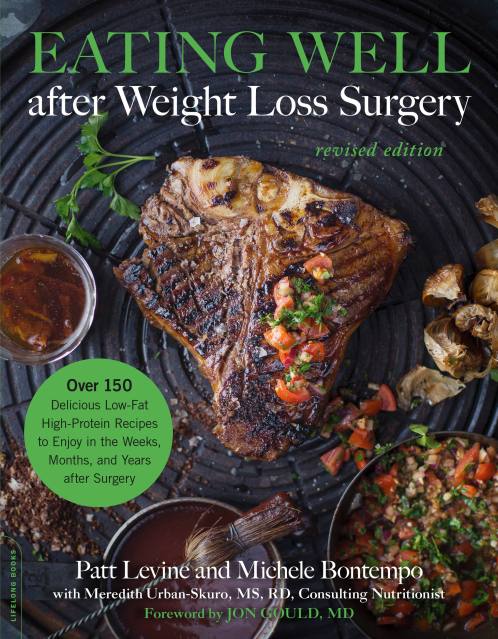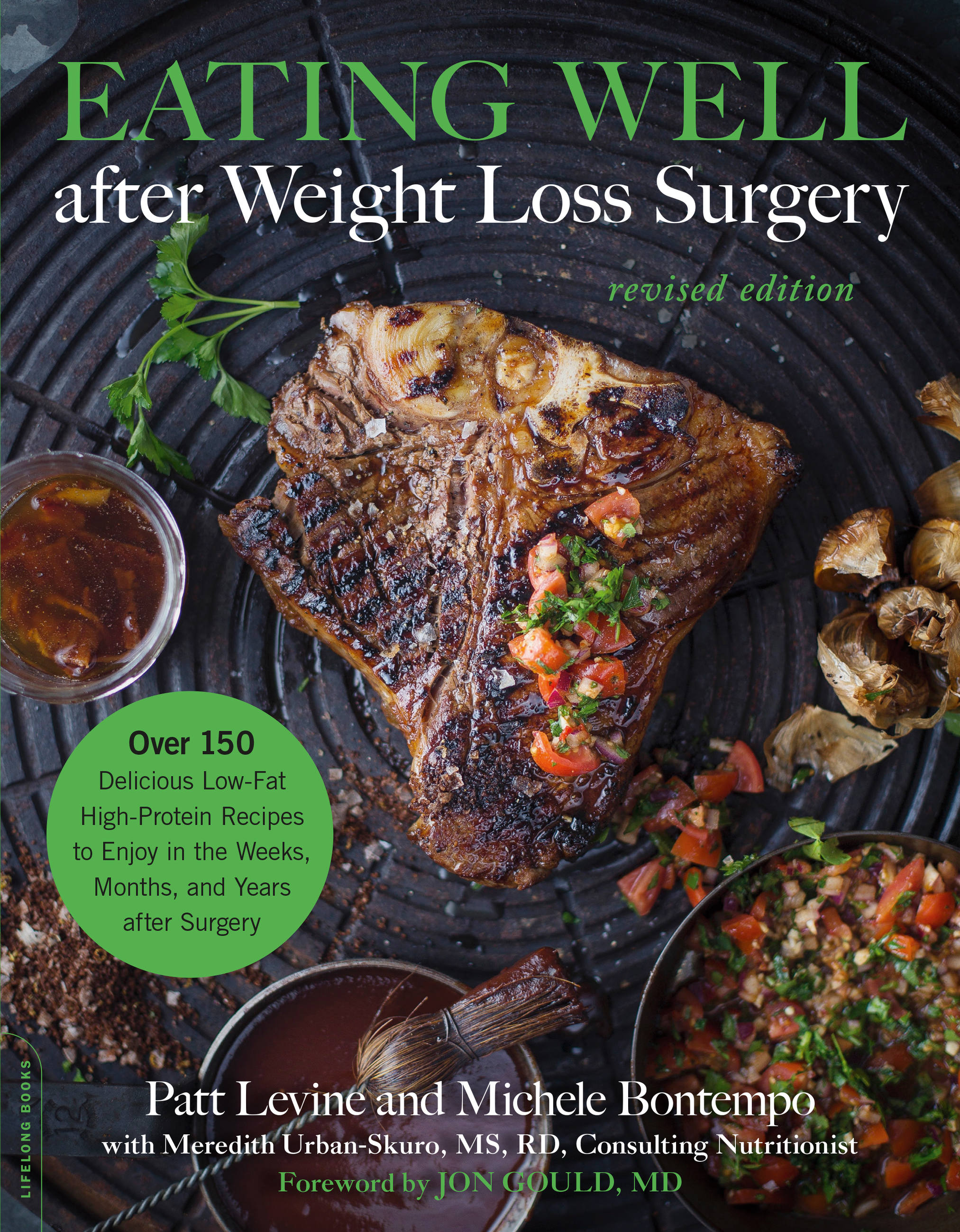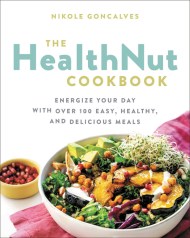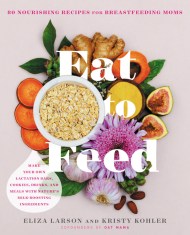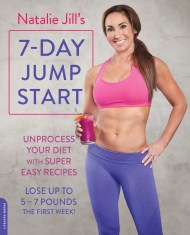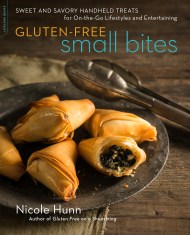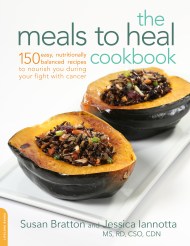Promotion
Use code MOM24 for 20% off site wide + free shipping over $45
Eating Well after Weight Loss Surgery
Over 150 Delicious Low-Fat High-Protein Recipes to Enjoy in the Weeks, Months, and Years after Surgery
Contributors
By Patt Levine
By Michelle Bontempo-Saray
With Meredith Urban
Foreword by Jon Gould, MD
Formats and Prices
Price
$11.99Price
$15.99 CADFormat
Format:
- ebook (Revised) $11.99 $15.99 CAD
- Trade Paperback (Revised) $18.99 $24.99 CAD
This item is a preorder. Your payment method will be charged immediately, and the product is expected to ship on or around December 18, 2018. This date is subject to change due to shipping delays beyond our control.
Also available from:
In April 2003 Patt Levine underwent “Lap-Band” gastric surgery, one of the primary bariatric surgeries being widely practiced today. As a lifelong foodie, she was expecting the worst when her surgeon’s nutritionist handed her dietary guidelines to follow post-surgery, and she was right. With her decades of cooking skills, she immediately set out to devise low-fat dishes that would be just as delicious pureed and chopped as they would be served whole. As an added problem, she wanted to cook for her husband at the same time. This first-ever cookbook for the hundreds of thousands who are lining up for bariatric bypass surgery is proof that it can be done. With collaborator Michele Bontempo-Saray, the author has created 125 recipes that contain no added sugar, are very low in fat, and get their carbohydrates almost exclusively from fruits and vegetables. Each recipe includes specific guidelines for preparation of the dish for every stage of the eating programs for Lap-Band, gastric bypass, and Biliopancreatric Diversion Duodenal Switch (BPD-DS) patients, as well as suggestions for sharing meals with those who have not gone through gastric surgery. Creative recipes cover every meal and food-breakfast and brunch, soups, vegetables, main courses, and sweet indulgences.
Genre:
- On Sale
- Dec 18, 2018
- Page Count
- 240 pages
- Publisher
- Da Capo Lifelong Books
- ISBN-13
- 9780738235059
Newsletter Signup
By clicking ‘Sign Up,’ I acknowledge that I have read and agree to Hachette Book Group’s Privacy Policy and Terms of Use
